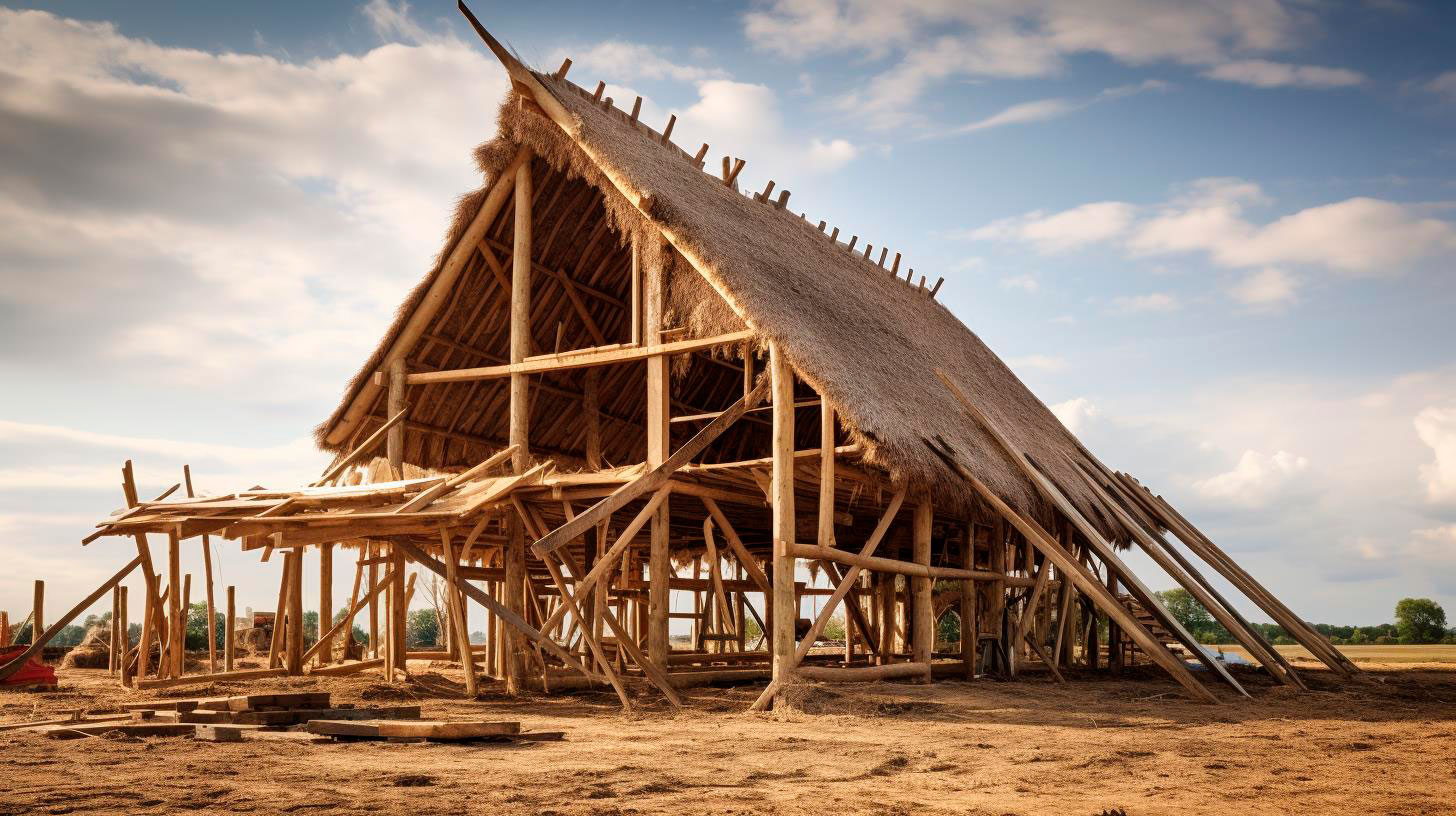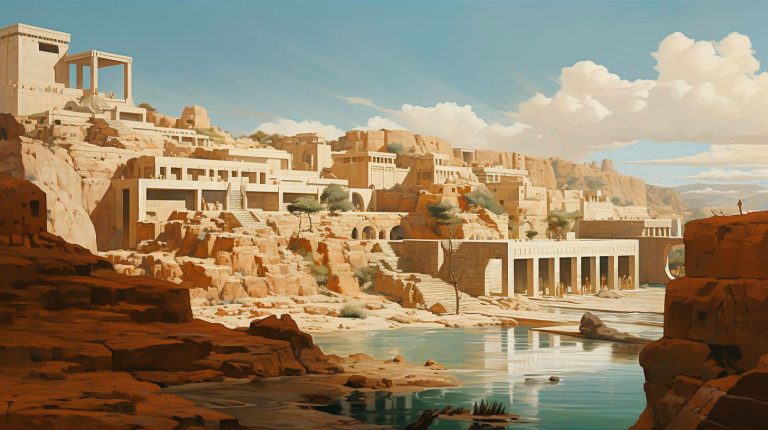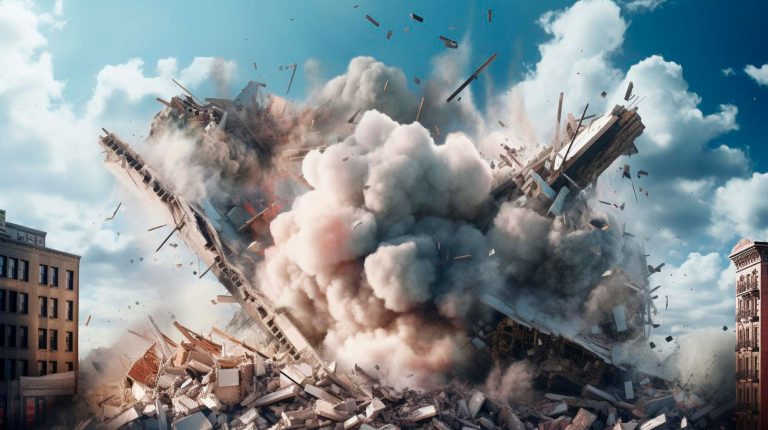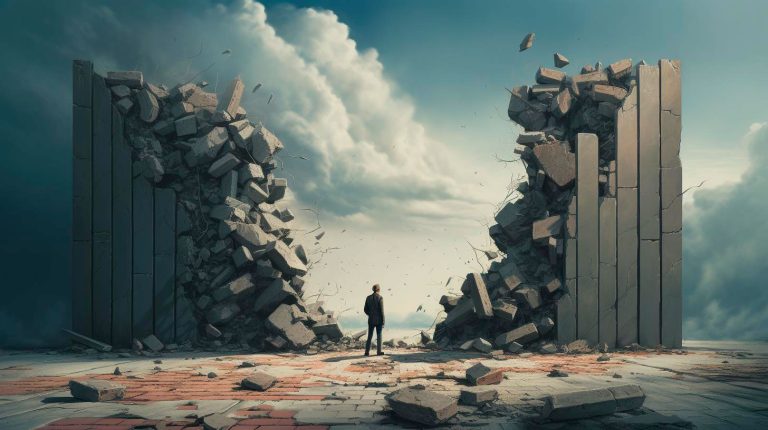While physical preservation is a priority for architectural heritage, there is another crucial element that plays a significant role in capturing and conserving these valuable structures – photography.
The Power of Architectural Photography
Architectural photography serves as a vital tool for documenting, appreciating, and preserving the beauty and historical significance of architectural structures. By capturing stunning visuals of buildings, photography effectively freezes a moment in time, leaving behind an enduring reminder of our architectural heritage. This art form plays a key role in multiple aspects of architecture preservation:
- Documentation: Architectural photography serves as a comprehensive documentation tool, capturing the intricate details, design elements, and overall context of a structure. This documentation not only helps in understanding a building but also provides a reference point for future conservation efforts.
- Promotion: Stunning architectural photographs can be used to promote and raise awareness about the importance of preserving historical structures. By showcasing the beauty and historical significance of architectural masterpieces, photography can inspire public interest, encourage funding, and foster a sense of pride in a community.
- Educational Purposes: Architectural photography is an excellent educational resource, allowing students, researchers, and enthusiasts to study and analyze architectural styles, techniques, and historical trends. In a world where architectural styles are constantly evolving, these photographs serve as a visual record, helping us understand the evolution of architectural design over time.
- Restoration Process: When restoring a historical building, detailed photographs play a crucial role in assessing the current state of the structure. By analyzing these images, architects and conservationists can identify areas that require immediate attention, plan restoration strategies, and stay true to the original design intent.
Advancements in Architectural Photography
Over the years, advancements in technology have transformed architectural photography, making it more accessible, efficient, and impactful:
- High-Resolution Cameras: Modern DSLR and mirrorless cameras provide exceptional image quality and detail, allowing photographers to capture the intricate nuances of architectural structures.
- Aerial Photography: Drones equipped with high-resolution cameras have revolutionized architectural photography. They offer unique vantage points and allow photographers to capture stunning aerial views of buildings, providing a fresh perspective and a true sense of scale.
- Virtual Reality: The use of virtual reality technology has opened up new possibilities in architectural photography. Virtual tours and interactive experiences enable people to explore architectural masterpieces from anywhere in the world, preserving them digitally and making them accessible to a global audience.
- Photo Editing Software: Powerful photo editing software has made it easier to enhance, retouch, and manipulate architectural images. These tools help photographers showcase the true essence of a structure while maintaining its authenticity.
The Future of Architectural Photography
As technology continues to advance, architectural photography is poised to play an even more significant role in preserving our architectural heritage:
- Virtual Reality and Augmented Reality: With the rise of virtual reality and augmented reality, architectural photography will become more interactive and immersive. Users will be able to experience historical buildings in unprecedented ways, providing a deeper understanding of their design and historical context.
- 3D Scanning and Printing: Advancements in 3D scanning and printing technologies will enable the creation of accurate physical replicas of architectural structures. This will ensure that even if a building is lost, its essence can still be preserved for future generations.
- Artificial Intelligence: Artificial intelligence-powered cameras and software will make architectural photography more accessible to everyone. These intelligent tools will help amateurs capture stunning architectural shots with ease, thus democratizing the art form.
Key Takeaways
Architectural photography plays a crucial role in preserving our architectural heritage in several ways:
- Architectural photography documents and captures the intricate details of historical structures, serving as a comprehensive visual record.
- It promotes public interest in architectural preservation and fosters a sense of pride in communities.
- Photographs are invaluable educational tools, helping researchers and students study architectural styles, techniques, and historic trends.
- These images aid in the restoration process, helping architects and conservationists assess the current state of a building and plan restoration strategies.
In today’s world, advancements in technology have further enhanced the capabilities and impact of architectural photography. From high-resolution cameras to aerial photography, these advancements have made it easier to capture stunning architectural visuals. Additionally, virtual reality, 3D scanning, and artificial intelligence promise a fascinating future for architectural photography.
So next time you capture an architectural masterpiece through your lens, remember that you are not only creating a beautiful photograph but also contributing to the preservation of our architectural heritage.




















+ There are no comments
Add yours